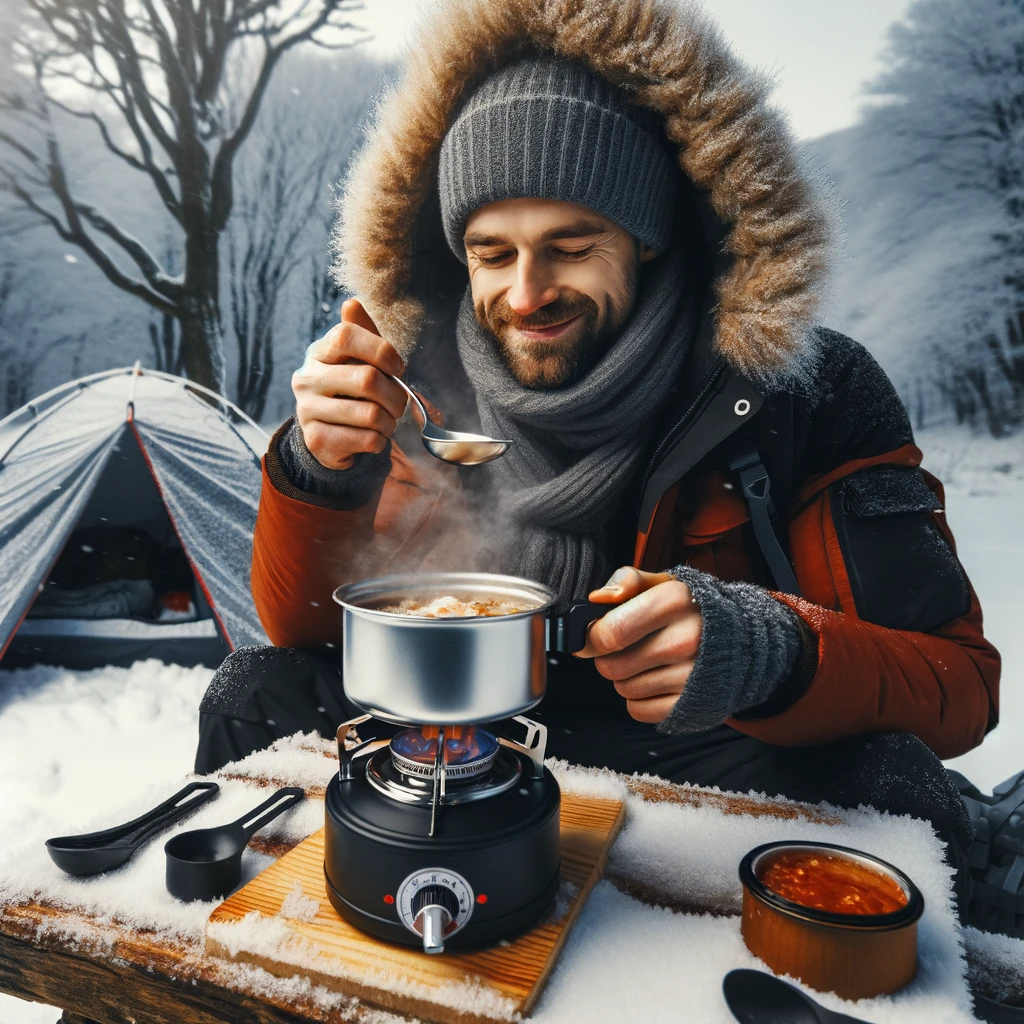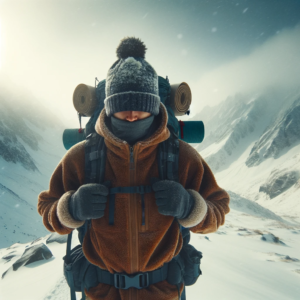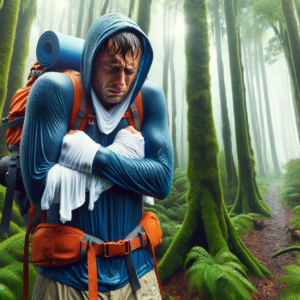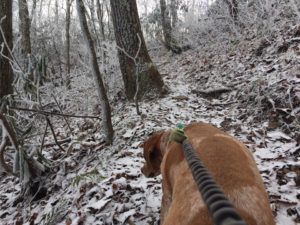
Introduction: The Allure of Winter Camping
Winter camping is an enchanting experience, transforming the rugged outdoors into a tranquil, snowy paradise. For those who venture into cold weather backpacking, the rewards are plentiful – from serene landscapes to unforgettable hikes. However, navigating the winter wilderness requires more than just courage; it demands meticulous preparation. Here, we’ll explore key strategies to ensure your winter tent camping is not only enjoyable but also safe and comfortable.
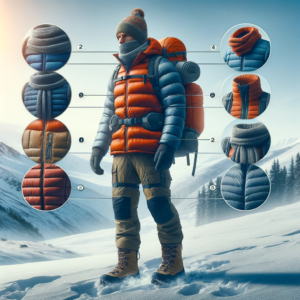
1. Mastering Layering: The Foundation of Winter Camping Gear
Layering is the cornerstone of any winter camping gear strategy. Opt for a versatile mix of light and medium layers rather than one bulky item. This allows for better adaptability to changing temperatures and activity levels, ensuring you stay warm without overheating.
2. Sweat Management: Balancing Warmth and Dryness
A critical aspect of cold weather camping is managing perspiration. Excess sweat can lead to damp clothes, which significantly reduce insulation. By removing a layer or uncovering your head, you can regulate your body temperature and reduce the risk of hypothermia. This balance is essential for a safe and pleasant winter camping experience.
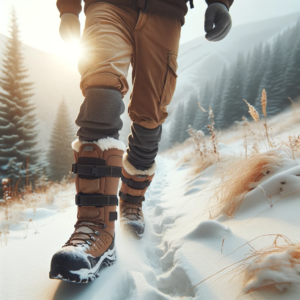
3. Gaiters: Essential Gear for Winter Camp Comfort
In winter, gaiters are invaluable for keeping your feet dry and warm. They act as a barrier against snow, ice, and water, crucial for maintaining comfort during long treks. This simple accessory is a game-changer in cold and wet conditions.
4. Embracing Wool: A Winter Camping Staple
Wool’s unique properties make it a standout choice for winter camping. Unlike cotton or other materials, wool maintains warmth even when damp, making it ideal for socks, base layers, and even hats. Integrating wool into your winter camping gear list is a smart move for any cold-weather adventurer.
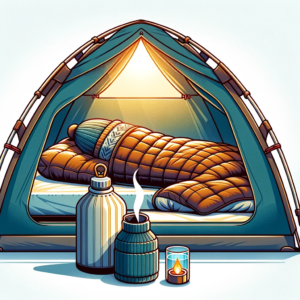
5. Optimal Sleeping Bag Selection: Ensuring Comfort in the Cold
Your choice of sleeping bag is pivotal for a good night’s rest. Select a bag rated well below the expected low temperatures. This ensures you stay warm throughout the night, as ratings typically indicate survival temperatures, not comfort levels.
6. Leveraging Sleeping Bag Liners: Added Warmth, Added Flexibility
A sleeping bag liner is a versatile tool in your winter camping arsenal. It can boost the warmth of your sleeping bag and is easily removable for temperature control. Consider materials like fleece or silk for maximum effectiveness.
7. The Hot Water Bottle Technique: A Cozy Winter Trick
Placing a sealed hot water bottle in your sleeping bag is an age-old winter camping trick. It’s an effective way to add warmth and ensures you have liquid water available for morning use – a crucial consideration in freezing conditions.

8. Rethinking Hydration: Practical Solutions for Winter
In winter conditions, standard hydration systems can fail. Water bladder hoses are prone to freezing, rendering them unusable. Switch to insulated water bottles for reliable hydration during your cold-weather camping trips.
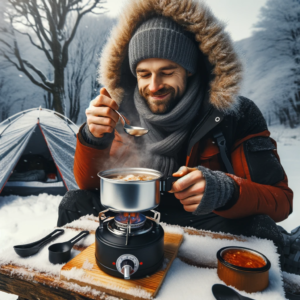
9. Warming from Within: The Joy of Hot Meals and Drinks
There’s nothing like a hot meal or beverage to lift your spirits in the cold. A warm breakfast or dinner not only provides nourishment but also internal warmth, essential for maintaining energy and morale in winter conditions. Pack a portable stove and windscreen to ensure efficient cooking.
10. Windscreen for Stoves: An Underrated Winter Camping Essential
A windscreen for your stove is crucial in winter. It shields the flame from the wind, increasing efficiency and reducing fuel consumption. This small piece of equipment can make a significant difference in your cooking experience.
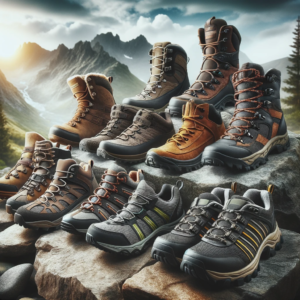
11. Choosing the Right Footwear: A Winter Camping Necessity
Footwear choice is critical in winter camping. Boots provide better insulation and protection compared to trail runners. Look for waterproof and insulated options, especially if you expect wet conditions.
12. Dressing for the Occasion: Additional Clothing Considerations
Don’t overlook accessories like insulated gloves, thermal neck gaiters, and moisture-wicking base layers. These items play a vital role in keeping you warm and comfortable throughout your winter camping journey.
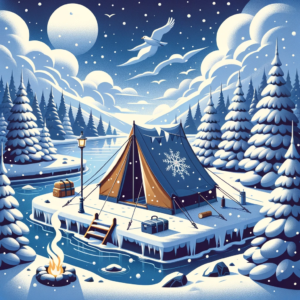
13. Setting Up Camp: Tips for a Safe Winter Campsite
When setting up camp, consider factors like wind exposure and snow accumulation. Use a four-season tent designed to withstand harsh winter conditions. Ensure your campsite is protected from the elements and located safely away from hazards like avalanche paths or falling branches.
14. Staying Active: Balancing Rest and Movement
While camping, balance periods of rest with light activity to maintain body heat. Simple exercises or short walks can help circulate warm blood, keeping you comfortable even in the coldest conditions.
15. Nighttime Strategies: Maximizing Sleep Comfort
At night, wear dry clothing to bed and use a sleeping pad with a high R-value for insulation from the cold ground. These practices are crucial for a restful night in the winter wilderness.
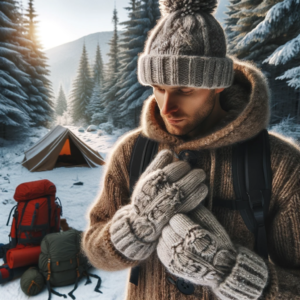
16. Safety First: Navigating Risks in Winter Camping
Be aware of the risks associated with winter camping, such as frostbite and hypothermia. Know the signs of these conditions and have a plan for emergency situations. Safety should always be your top priority.
Conclusion: Winter Camping – A Magical Outdoor Experience
Equipped with these comprehensive tips, your winter adventure promises to be both safe and unforgettable. Embrace the unique beauty of the snowy landscape and enjoy the peacefulness that comes with winter’s embrace. With the right preparation and mindset, winter camping can be one of the most rewarding experiences for any outdoor enthusiast. So pack wisely, stay warm, and cherish the quiet splendor of the winter wilderness. Happy winter trailz!

